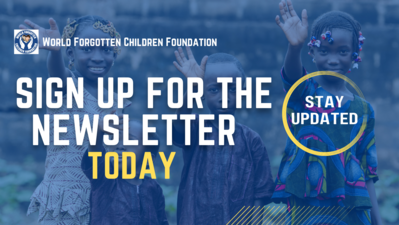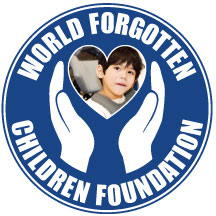
The London School of Hygiene and Tropical Medicine (LSHTM) has launched a new initiative to address the major gaps in our knowledge of the effects of heat exposure on maternal, newborn and child health. LSHTM will begin the conversation with the World Health Organization and a number of other global partners interested in learning about the risks of intense heat exposure, especially with climate change increasing those exposure risks (LSHTM, 2022).
“Climate, Covid-19, and Conflict labeled the ‘3 C’s’ have been cited most recently at the World Health Summit in Berlin as the major barriers to reaching the Sustainable Development Goals,” said Professor Debra Jackson, Takeda Chair in Global Child Health and MARCH Deputy Director.
Learn more about WFCF’s work with climate change issues here!
With that in mind, it is clear that evaluating the indicators currently in place for measuring and informing us about the global and national level health impacts of extreme heat at the population level is extremely important (LSHTM, 2022).

It is well-known that climate change will affect the health of vulnerable, marginalized communities disproportionately. In a number of studies, it was shown that preterm birth, which are births that occur at less than 37 weeks of gestational age, were correlated with heat. This means that it is likely that more heat exposure will lead to more preterm births (Kuehn and McCormick, 2017).
The researchers also found that there were increasing stillbirth rates with increasing ambient temperatures, spelling dire consequences for poor communities that will face the brunt of the hazards of climate change. Also, the researchers found that heat waves increase stress in neonates. Heatwaves have been observed to cause an increase in hospital admissions (Kuehn and McCormick, 2017).
Read about the climate crisis threatening the Horn of Africa here.
Both the World Health Organization and the World Meteorological Association have issued recommendations that will have heat exposure considered for both clinical care in hospital settings and in public health programming. Currently, the research suggests that the most heat-susceptible people are poor, elderly, young children, minority groups, outdoor workers, individuals with respiratory or cardiovascular disorders, socially isolated individuals, and living in an urban heat island” (Kuehn and McCormick, 2017).

Learn about how climate change affects people with disabilities here.
We must do all that we can to ensure that we’re protecting communities that are impoverished and do not hold the global influence that other nations do. While other nations exacerbate the effects of climate change, unaware of the detrimental effects that those actions have on vulnerable communities, those communities continue to struggle to get their basic needs of clean water and food. The communities struggling most are often the ones that have no spotlight. At WFCF, we aim to direct the spotlight at those communities most in need. You can be part of our mission by helping WFCF today!
Sources:
Kuehn, L., & McCormick, S. (2017). Heat exposure and maternal health in the face of climate change. International Journal of Environmental Research and Public Health, 14(8). https://doi.org/10.3390/ijerph14080853
LSHTM. (2022, November 21). £1.7m funding boost to address the impacts of heat exposure on maternal, newborn and child health. London School of Hygiene & Tropical Medicine. https://www.lshtm.ac.uk/newsevents/news/2022/ps17m-funding-boost-address-impacts-heat-exposure-maternal-newborn-and-child
|



